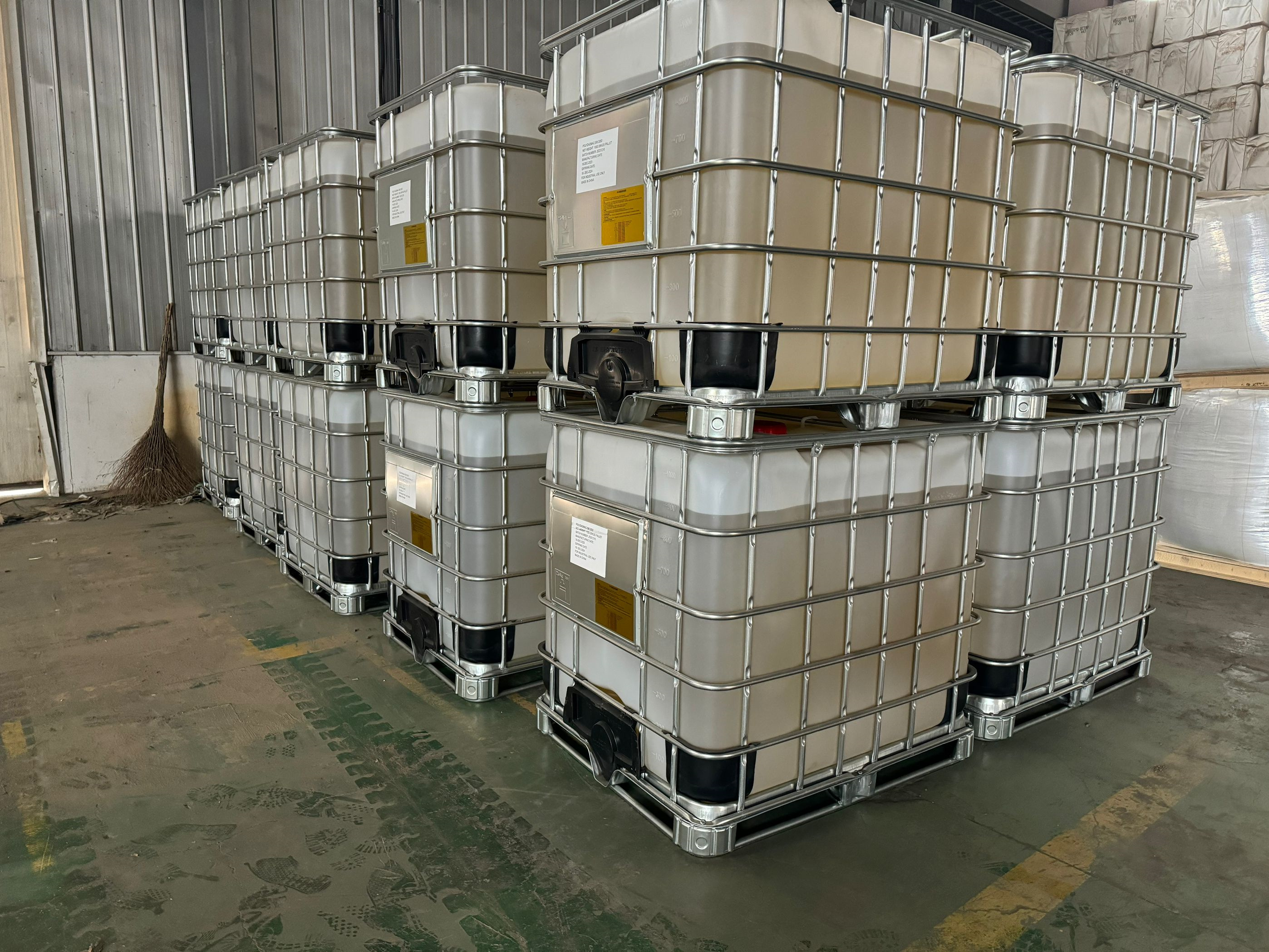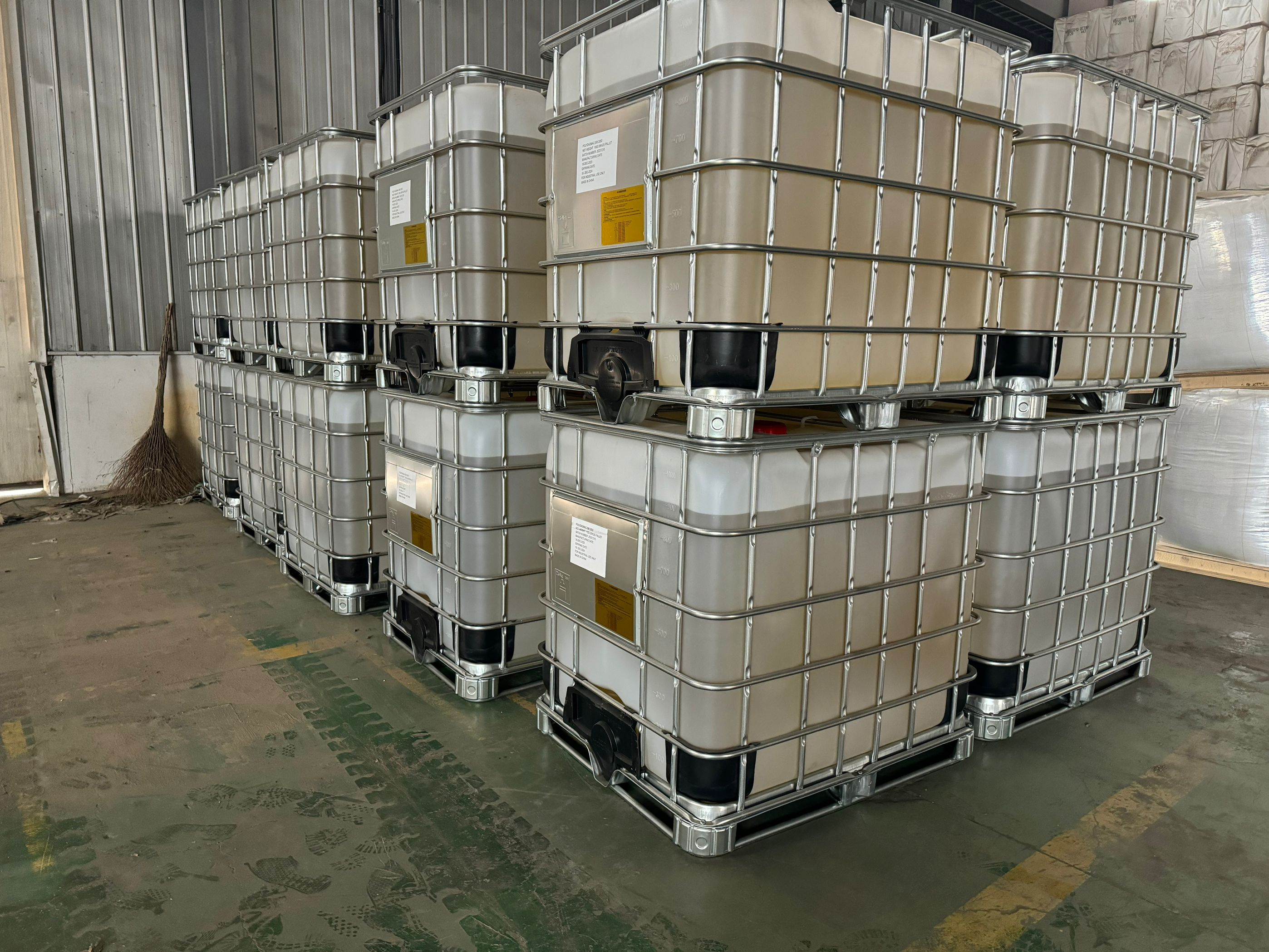Polyacrylamide (PAM for short) is a water-soluble linear polymer formed by free radical polymerization of acrylamide (AM) monomer. At the same time, it is also a kind of polymer water treatment flocculant, which can absorb suspended particles in water and play a role of linking and bridging between particles, so that the fine particles form larger flocs and accelerate the speed of precipitation.
Application of polyacrylamide in oilfield chemical wastewater treatment
Application of polyacrylamide in oilfield chemical wastewater treatment
Polyacrylamide (PAM for short) is a water-soluble linear polymer formed by free radical polymerization of acrylamide (AM) monomer. At the same time, it is also a kind of polymer water treatment flocculant, which can absorb suspended particles in water and play a role of linking and bridging between particles, so that the fine particles form larger flocs and accelerate the speed of precipitation.
A, polyacrylamide classification:
1, according to the form: mainly divided into dry powder and colloidal two forms;
2, according to the ionic characteristics: can be divided into anionic polyacrylamide, cationic polyacrylamide, non-ionic polyacrylamide, amphoteric ion polyacrylamide four types.
3, according to its average molecular weight: can be divided into low molecular weight (<1 million), middle molecular weight (2 ~4 million) and high molecular weight (>7 million) three categories. According to its structure can be divided into non-ionic, anionic and cationic type.
Ii. Product features
1, dry powder polyacrylamide characteristics:
(1) Good degree of serialization, more possible choices for users;
(2) Stable quality, low dosage per unit, obvious cost-performance advantage;
(3) High quality functional products ensure the strict requirements of high-speed equipment.
2, emulsion polyacrylamide characteristics:
(1) Cross-networking structure, strong flocculation capacity, a wide range of PH adaptation;
(2) flocculation speed, flocculation and water content between flocs are low;
(3) The solid recovery rate is high and the content of floating matter in supernatant is low;
(4) Very fast dissolution, solution preparation only takes 30-60min;
(5) Used for dehydration, can improve the degree of mud biscuit 2-5%, is the conventional dry powder products can not achieve.
Three, PAM principle of action
1. Principle of flocculation:
PAM used as a flocculant, and the surface properties of the species to be flocculated, especially potential, year, turbidity and the PH value of the suspension, the particle surface potential, is the reason for particle resistance to polymerization adding surface charge opposite PAM, can reduce the potential and condensation.
2, adsorption bridge:
PAM molecular chain is fixed on the surface of different particles, the formation of polymer bridge between the particles, is the formation of aggregates and sedimentation of particles.
3, surface adsorption:
Various adsorption of polar group particles on PAM molecules.
4. Enhanced effect:
PAM molecular chain and dispersed phase through a variety of mechanical, physical, chemical and other effects, the dispersed phase implicated together, forming a network, so as to enhance the effect.
Four, the use of polyacrylamide characteristics
1, flocculation: PAM can make the suspended matter through the o 'clock and bridge adsorption, flocculation.
2, adhesion: through mechanical, physical, chemical action, play the role of adhesion.
3, resistance reduction: PAM can effectively reduce fluid friction resistance, adding trace PAM in water can reduce resistance by 50-80%.
4, thickening: PAM has thickening effect under neutral and acidic conditions, when the PH value is more than 10 PAM hydrolysis, into a semi-reticular structure, thickening will be more obvious.
The above is some details about polyacrylamide, I hope to help you further understand.






